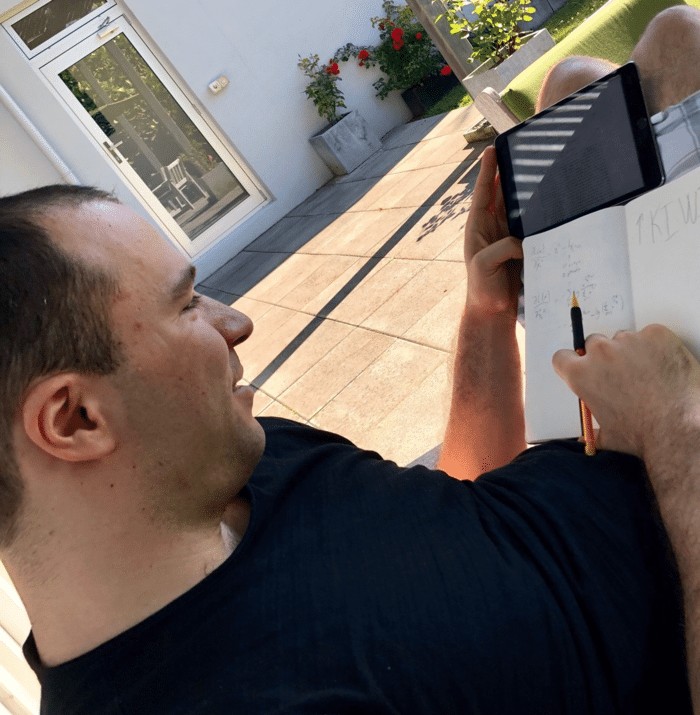Chat GPT, a large language model developed by OpenAI, is a powerful tool capable of generating human-like text. But how does it achieve this remarkable feat? The answer lies in deep learning, a subfield of machine learning that utilizes artificial neural networks with multiple layers to extract increasingly complex features from raw data. This article delves into the core of Chat GPT’s functionality and explores how deep learning plays a crucial role in its operation.
Deep Learning: The Engine Behind Chat GPT
Chat GPT fundamentally relies on deep learning techniques to understand and generate text. It leverages a specific architecture called a Transformer network, which is particularly well-suited for processing sequential data like language. Let’s break down the key aspects:
Transformer Networks: Processing Sequential Data
Traditional neural networks struggle with long sequences of data due to vanishing gradients and difficulty capturing long-range dependencies. Transformers address these challenges using a mechanism called self-attention. This allows the model to weigh the importance of different words in a sentence when generating a response, considering the context of the entire input. Essentially, the model learns which words are most relevant to each other, enabling it to understand the relationships between them.
Training on Massive Datasets: The Key to Fluency
Chat GPT’s proficiency stems from being trained on an enormous dataset of text and code. This massive dataset enables the model to learn patterns, grammar, facts about the world, and even some reasoning abilities. The more data the model is exposed to, the better it becomes at generating coherent and contextually relevant text. This extensive training process is computationally intensive and requires specialized hardware, highlighting the deep learning’s resource demands.
Unsupervised Learning: Learning from Raw Text
The training process employed for Chat GPT is primarily unsupervised. This means the model learns from raw text without explicit labels or instructions. It identifies patterns and relationships within the data organically, developing its understanding of language through observation and inference. This contrasts with supervised learning, where models are trained on labeled data with predefined inputs and outputs.
Fine-tuning for Specific Tasks: Enhancing Performance
While the initial training is unsupervised, Chat GPT can be further fine-tuned for specific tasks using supervised learning. This involves training the model on a smaller, task-specific dataset with labeled examples. Fine-tuning allows the model to adapt its general language understanding to specific applications, such as answering questions, translating languages, or summarizing text.
Deep Learning’s Impact on Chat GPT’s Capabilities
Deep learning enables Chat GPT to perform several impressive tasks:
- Text generation: Producing human-quality text in various formats, including stories, articles, summaries, and dialogues.
- Language translation: Converting text from one language to another with remarkable accuracy.
- Question answering: Providing informative and comprehensive answers to complex questions.
- Code generation: Writing code in multiple programming languages based on natural language descriptions.
Conclusion: Deep Learning is Essential for Chat GPT
In conclusion, Chat GPT’s remarkable capabilities are directly attributable to the power of deep learning. The intricate architecture of Transformer networks, coupled with massive datasets and unsupervised learning, allows the model to develop a sophisticated understanding of language. Through fine-tuning, this understanding can be further honed for specific tasks, demonstrating the versatility and adaptability of deep learning in the realm of natural language processing. As deep learning continues to advance, we can expect even more impressive language models like Chat GPT to emerge, transforming the way we interact with technology and information.
